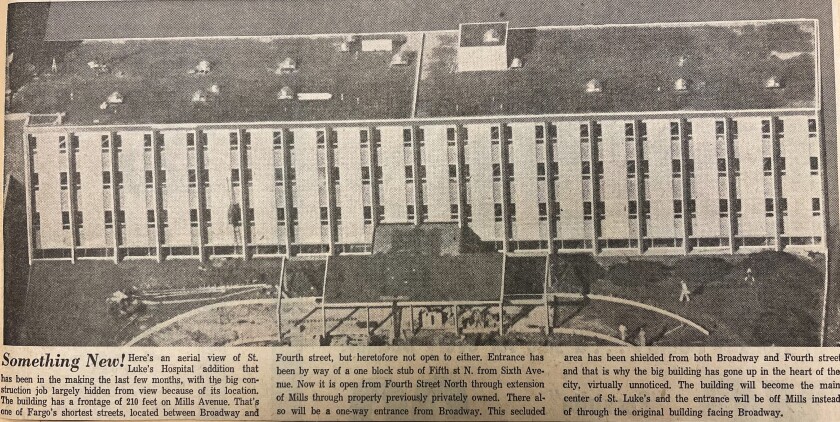FARGO, ND — Tucked among old newspaper wanted ads and coupons for high grade Cuban cigars, $8 black dog coats and miracle cures for colds, are rare mentions of the first doctors and hospitals in the Dakota Territory.
Before the 1870s, doctors in the Dakota Territory usually stayed with soldiers inside military forts, but newspapers dating back 150 years offer glimpses of how hospitals — some of which still stand today — began.

Pioneer doctors
The Northern Pacific Railroad brought in the first frontier doctors, including 53-year-old Samuel White Thayer, according to a news report published by The Forum in June 1975. At that time in 1871, his first call was a response to an injury in Fargo of the Prairie, where railroad officials and families lived. In the 1870s, there were two Fargos, the second was called Fargo in the Timber, a cluster of tents by the Red River where drifters and businessmen lived.
Thayer didn’t stay long, and the area’s second doctor was John C. Rosser, who opened a small office in Moorhead, Minnesota, in 1872. Described in historical records within North Dakota State University Archives as an “Adonis-like man, powerfully built,” Rosser often walked miles in the snow to help a pioneer family needing help.
Rosser was also the doctor on call for many gun battles and knife fights. In 1873, he helped patch up two gunslingers who settled their differences with bullets on Moorhead’s Fourth Street, outside of the Orleans Club Saloon. One of the desperadoes died from his wounds; the other survived, according to The Forum’s news article at the time.

“Gunshot wounds were one of the most common ills treated by early physicians here. Some observers facetiously said the doctors never needed telephones, but merely had to listen for the crack of pistols or the screams of those being stabbed,” The Forum reported.
The area’s third doctor was John Kurtz, a railroad doctor, who put his business card into the local newspaper in 1873. During his 10-year stay, he opened a drugstore in Moorhead and frequently treated with cases of typhoid fever. He worked to establish medical boards to rid the area of quack doctors, along with his counterpart in Fargo, Edward M. Darrow.
In 1895, Darrow, Dakota Territory's first superintendent of public health, founded Fargo's first hospital — Cass County Hospital — but before that he had to perform surgeries on kitchen tables, according to The Forum.
ADVERTISEMENT
Two years before President Benjamin Harrison approved the admission of North Dakota as the 39th state, Darrow saved the life of E. Weideman, who was suffering from a life-threatening intestinal ailment. Surgery was equally dangerous, according to a news article published by the Fargo Daily Argus in 1887, but Darrow performed the operation and Weideman returned home, singing Darrow’s praises.
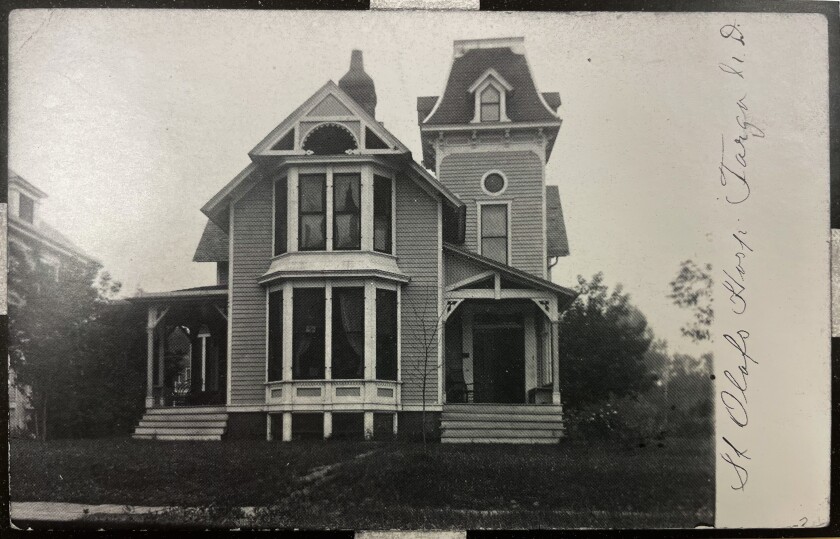
The ones that failed
Many hospitals and clinics attempted to stake their claims during the early days of Fargo-Moorhead, but few were able to persist.
In 1894, one of the first noticeable medical facilities was called the Keeley Institute, a franchised and private clinic that focused on the treatment of addiction to alcohol, nicotine and narcotic drugs. It was a first of its kind and precursor to Alcoholics Anonymous, according to NDSU Archives.
Doctors there used the Leslie E. Keeley's cure, also known as the “gold cure,” which were injections of gold mixed with alcohol and strychnine to treat patients, according to the NDSU Archives.
One of the earliest public hospitals in the Fargo-Moorhead area was the Spence-Magill Hospital, sometimes spelled Magill-Spence, which opened in 1897 at 902 5th St. N., and was only open for a few years, NDSU Archives show.
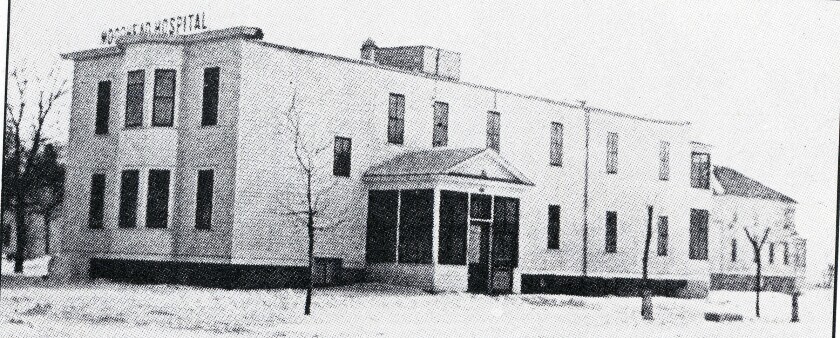
St. Olaf’s Hospital was a 16-bed facility founded by Tannes Thams, on Seventh Avenue South, around 1905. Thams was joined by Nils Tronnes when he arrived in Fargo from Norway, but he left, and the hospital closed soon after, according to “A History of St. Luke’s Hospitals” published in 1983.
ADVERTISEMENT
In 1909, Ragnhild Norgaard opened the Norgaard Hospital at 1505 5th St. S., and it operated until 1922, according to NDSU Archives.
Stone's Sanitarium and Hospital, 1307 North Broadway, “all owned and personally supervised by one doctor… Dr. Stone,” a 1920s hospital brochure found within NDSU Archives boasted. The hospital did not last long.

The area’s oldest hospital, Cass County Hospital — called the “poor farm” by many — served as a county hospital, an asylum for the poor and for the elderly and those on public welfare. Situated near Trollwood Park in north Fargo, able-bodied inmates helped with farm work, according to the 1996 book “Cemeteries of North Dakota: Cass County.”
The hospital was built from the Grand Pacific Hotel in Moorhead, which was purchased in 1896, taken down in sections, and then transported and rebuilt on the new site. In 1968, the building was still in use, but was a nursing home called Golden Acres Haven. It was eventually torn down and the Fargo Park District took over the Trollwood area.
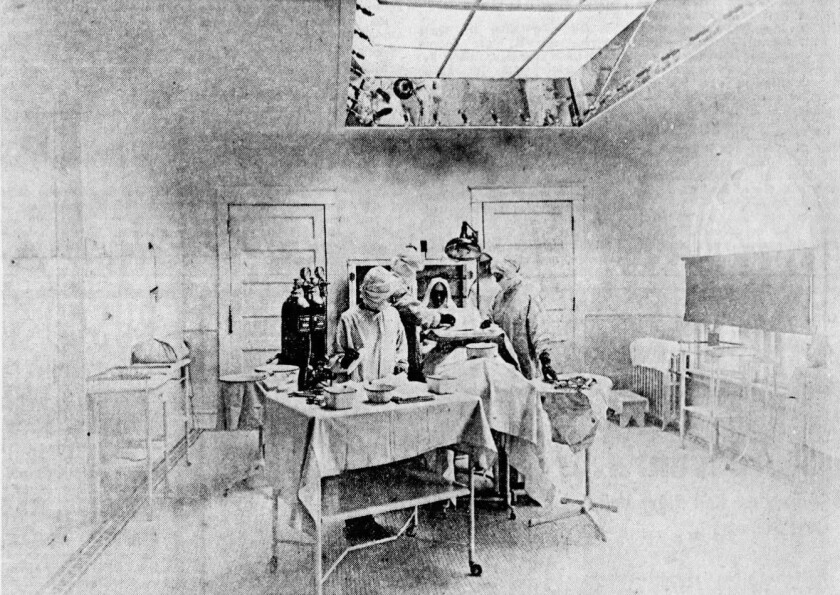
The ones that stayed
St. John’s Hospital at 510 4th St. S., opened on April 17, 1900, after Bishop John Shanley invited the Sisters of St. Joseph of Carondelet in Minneapolis to establish a hospital in Fargo, then a city of 9,589. It “was a success from its inception,” according to a 1904 news Forum article.
Eight years later in 1908, Luterhans established St. Luke’s Hospital on Broadway and Eighth Avenue North, according to an April 30, 1909 news article . The hospital also set up a nursing school the same year and had nine students enroll, three of whom graduated in 1910, according to NDSU Archives records.
ADVERTISEMENT
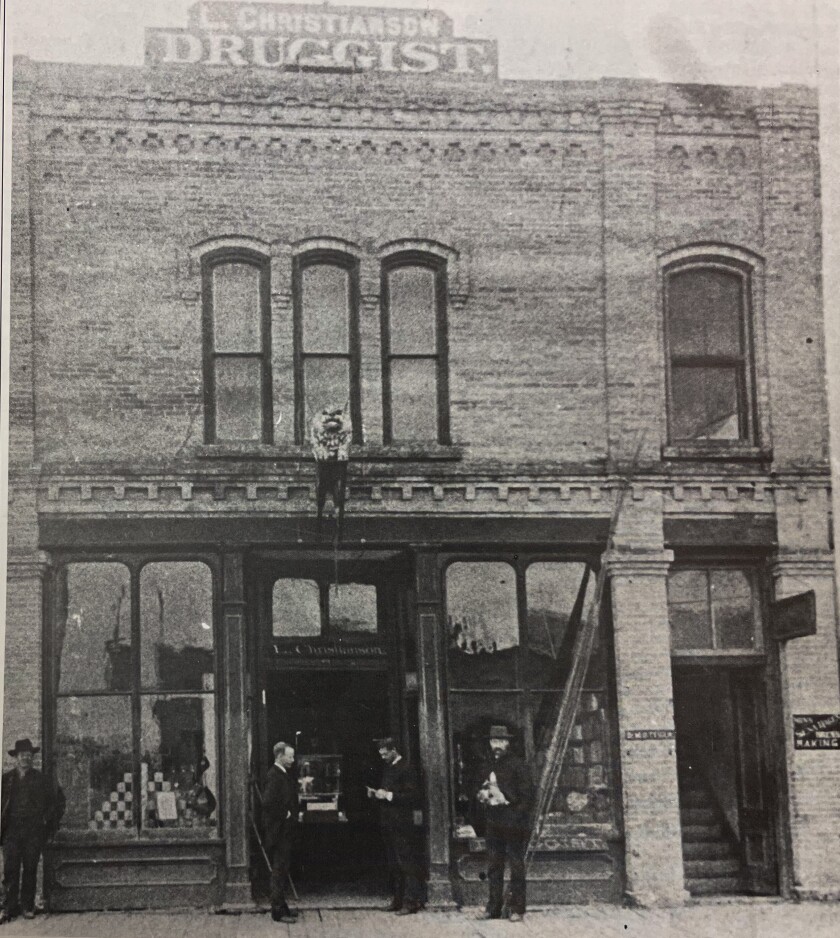
In 1919, the Fargo Clinic — the city’s largest clinic — was formed by Nils Tronnes and Olaf Sand and it adjoined St. Luke’s Hospital, according to the clinic’s 1959 pamphlet. Owners had to borrow money to finish the building and didn’t pay the loan off until 1940.
The Fargo Clinic primarily provided X-ray and laboratory services to St. Luke’s Hospital and at one time had 140 employees.
Under the supervision of Edward Darrow’s sons, the Darrow Hospital, built in 1893, was the first hospital in Clay County, Minnesota, to have an operating room. It later was renamed to St. Ansgar, and eventually became the Dakota Clinic in 1926, according to The Forum's archives.
“By 1926 the three hospitals (St. Luke’s, St. Mark’s, St. Ansgar) and two major clinics were staffed by more than 30 doctors. Fargo-Moorhead had become the nucleus of a medical center which would become one of the best between the Mayo Clinic and the West Coast,” The Forum reported.
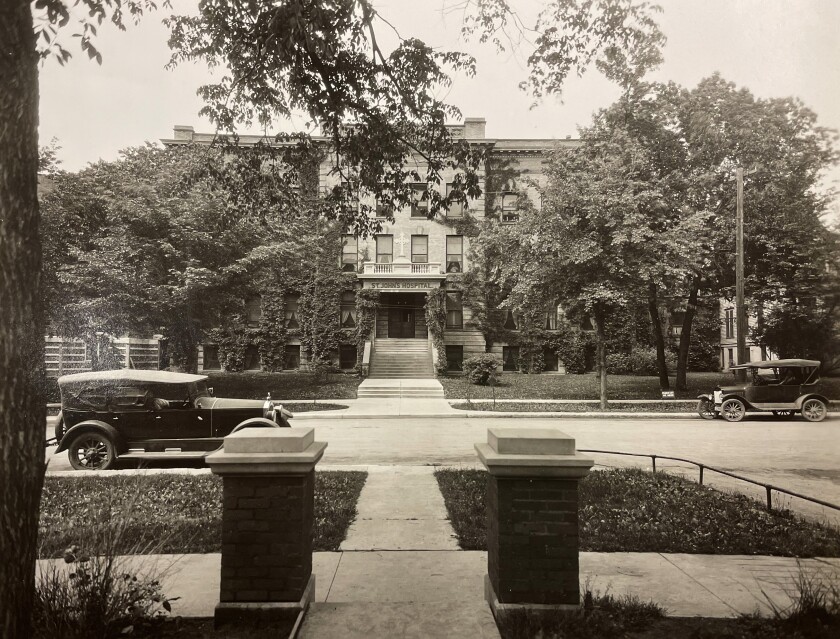
St. John’s
St. John’s Hospital first occupied a bishop’s home, but outgrew the 24-bed capacity and by 1904, a new 87-bed hospital was built. The old building became a home for sisters, nurses and female help, according to The Forum.
The new four-story building with its cream-colored local bricks, trimmed with Kettle River sandstone, were complete with marble trimmings in the operating rooms with “plumbing … the best that can be procured,” according to The Forum.
ADVERTISEMENT
St. John’s underwent many mergers and changes of ownership, including when St. John’s and St. Ansgar hospitals merged to become Heartland Medical Center in 1986 and with Essentia Health in 2010. Less than 10 years later the hospital became Prairie St. John’s, focusing on psychiatric and addiction treatments.
In 2023, the old building was torn down and the new building stands near its original location. Bricks from the original building were slated to be used to form the base of a new parking lot, according to The Forum.
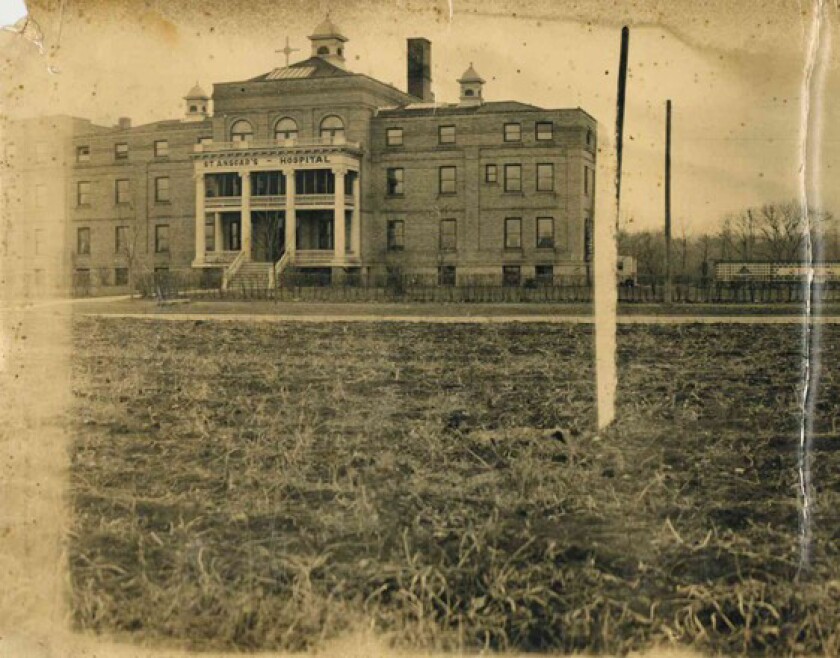
St. Ansgar
The first public hospital in Moorhead started with Daniel Darrow in 1893, and it was built by the Bethesda Swedish Lutheran Church, according to the Clay County government website. Named after himself as the Darrow Hospital, it was also the first hospital in Clay County with an operating room, according to Concordia College historical archives.
Built in 1907 along 10th Street North, it became known as the Northwestern Hospital before it was bought out in 1920 by a group of Franciscan, who renamed it St. Ansgar.
By 1925, however, trouble found Darrow, who called the coroner’s office saying he “had a little misfortune in his office” and that a “girl had died,” according to a story published by The Forum in 2024.
Jessie Stejskal, a housemaid from Jamestown, North Dakota, went to the doctor for an abortion, which was decades before Roe v. Wade. The embalmer at E.F. Moore’s Funeral Home testified in court that the woman’s body was already decomposing, meaning that she had died at least 24 hours before collection.
ADVERTISEMENT
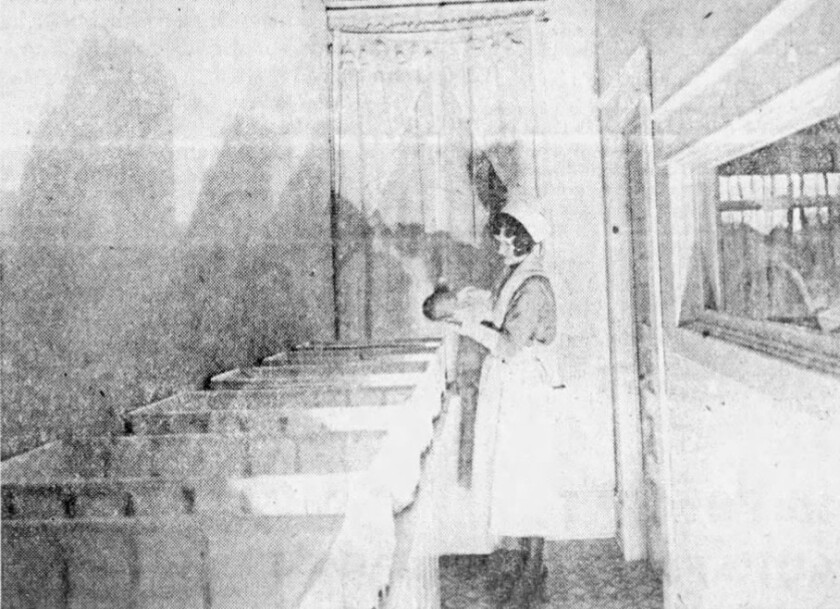
Eventually, Daniel Darrow was charged with murder, and a “fiery legal battle” ensued, according to The Forum. He was found guilty and sentenced to more than 13 years imprisonment. A civil suit ensued and Stejskal’s father was awarded $3,467.75, equivalent to about $55,000 today.
After multiple appeals failed, Daniel Darrow was adjudged insane by the Clay County insanity board, and remanded to Fergus Falls State Hospital, where he died in 1930.
St. Ansgar Hospital moved to 11th Street North after a new hospital was built in 1957. The old site remained as a housing place for nuns until the 1970s.

In 1992, Clay County purchased the old St. Ansgar site and converted it into the Family Service Center of Clay County. The original Darrow Hospital was located where the present-day Bogstad Manor at Concordia sits, according to the Historical and Cultural Center of Clay County.
After a 1986 merger between St. John’s and St. Ansgar, the hospitals became known as the Heartland Healthcare Network.
In 1996, when Prairie St. John’s was founded, the hospital's mission turned to psychiatric and addiction treatment. Dakota Heartland ceased to exist within a few years, according to The Forum.
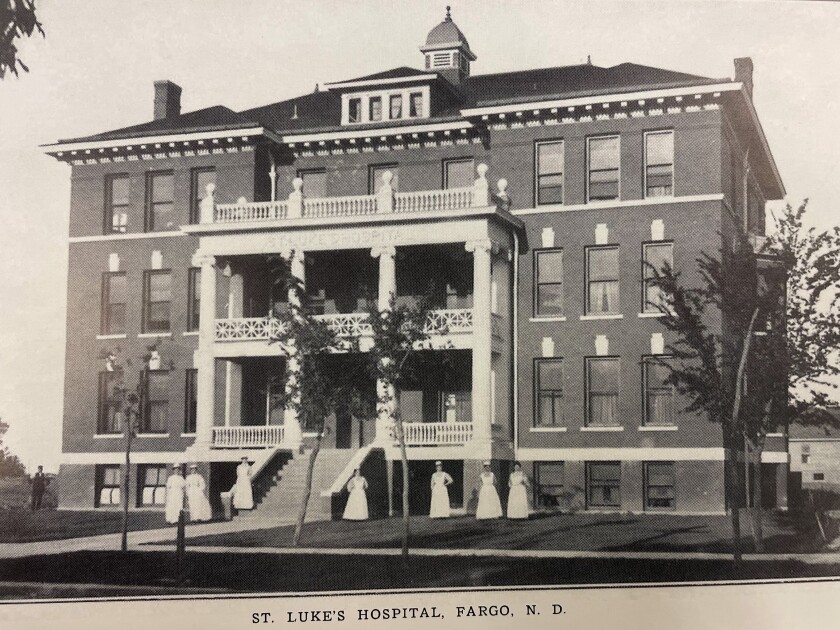
St. Luke’s
Five years into the 20th century, doctors Olaf Sand, Nils Tronnes and Christian Kachelmacher, along with others, met in an upstairs room of the Christianson Drugstore, to discuss building a Lutheran hospital in Fargo, according to “A History of St. Luke’s Hospitals,” published in 1983.
“The hygienic conditions in town were bad; the water mains throughout the city carried dirty river water. Consequently, typhoid fever was epidemic,” wrote Tronnes.
An abandoned house in Oak Grove with dirty beds and broken windows was used to house the poor who were sick, Tronnes said. They had no nurses, and when he went calling carrying bread and milk, their faces watched him hungrily, pressed up against the window glass.
In 1906, the founders of St. Luke’s purchased five lots of what was then known as “Pashley’s Addition” for $2,550, according to a 1981 research paper on St. Luke’s entitled “The Early Years,” by Bill G. Reid, discovered at NDSU Archives. Construction of the 35-bed hospital finished in 1908, costing $42,000.
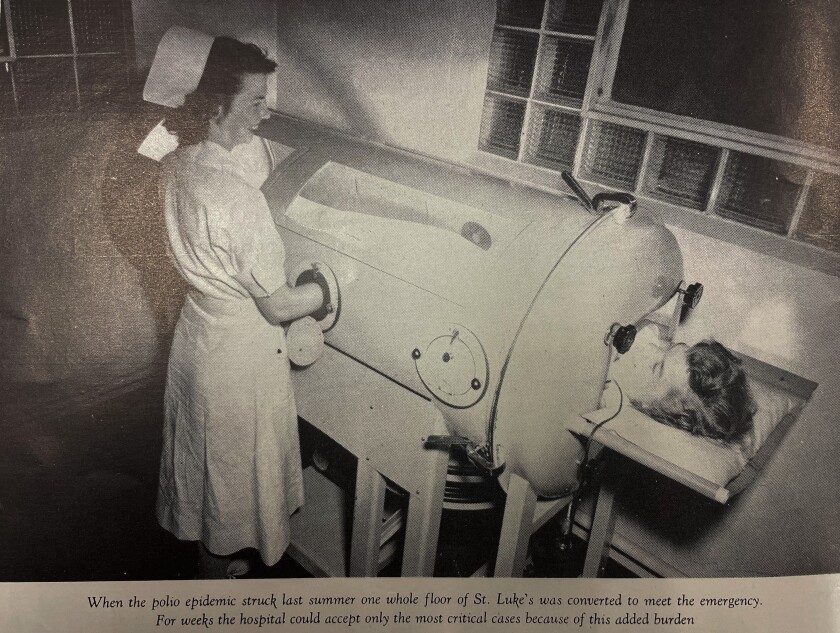
“Three days after its doors were opened the hospital was full and patients had to be turned away,” according to the Reid's paper.
Although St. Luke’s expanded over the ensuing decades, it remained under the same name until 1993. After years of close cooperation with MeritCare Health System, the two companies, along with the Fargo Clinic, merged to form MeritCare Medical Group, according to a news article published by The Forum.
A "merger of equals" between MeritCare and Sanford Health in 2009 transformed the healthcare marketplace to serve 2 million people across five states, according to Sanford Health and The Forum. Today, the old St. Luke’s Hospital is now known as Sanford Health.
